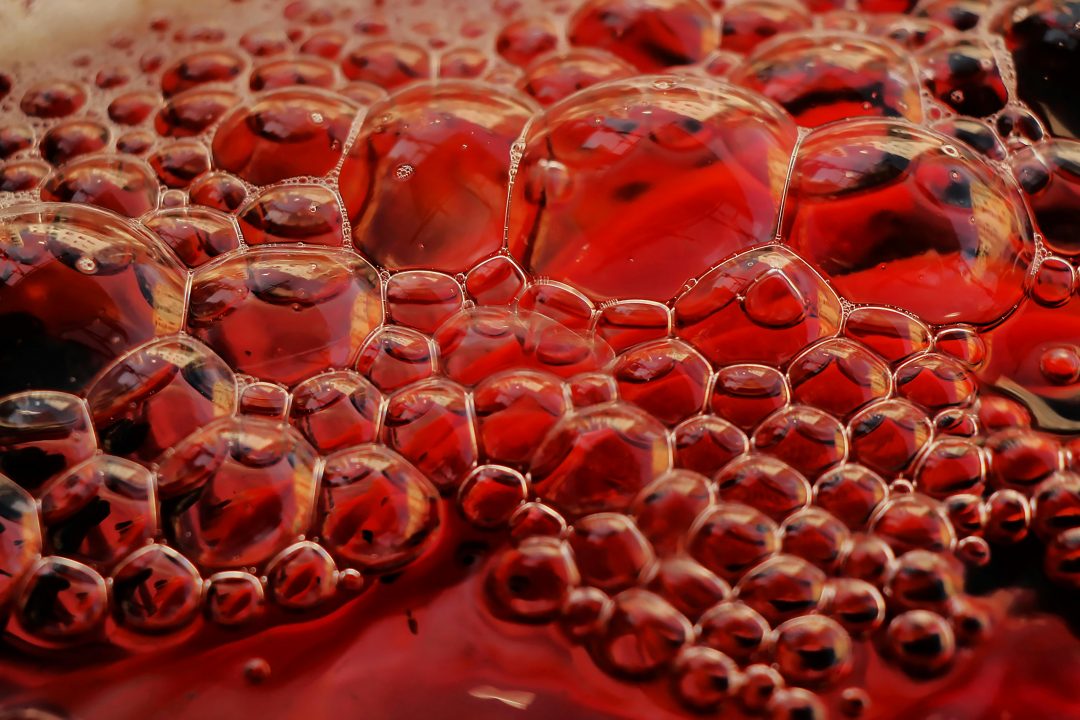
A New Frontier in Plastic Pollution
For the first time, scientists have confirmed that microplastics circulate within human blood.
A landmark 2022 study, Plastic Particles in Human Blood (Environment International), found detectable microplastics in 77 % of tested samples, including polyethylene and polystyrene — the same plastics used in packaging and food containers.
This discovery marks a turning point: plastic pollution is no longer an environmental issue alone but a biological one.
How They Enter and What They Do
Microplastics enter the bloodstream through drinking water, food, and inhalation. Once absorbed, their nano-sized fragments can cross cell membranes and attach to proteins, potentially altering immune and oxidative balance.
Emerging toxicology research (Toxicological Impacts of Micro- and Nanoplastics on Mammalian Systems, 2023) shows links to inflammation, oxidative stress, and immune disruption, which may contribute to cardiovascular or neurological conditions.
These particles also transport chemical additives and heavy metals, amplifying their toxicity within the body.
Protecting What Flows Within
Traditional filtration systems cannot capture particles this small.
At Klar2O, our multi-stage molecular filtration targets microplastics, nanoplastics, PFAS, and endocrine disruptors, safeguarding your water — and your health — from the inside out.
Rethink what’s in your glass. Protect your bloodstream.
Visit klar2o.com to learn how Klar2O technology keeps your water truly clean.